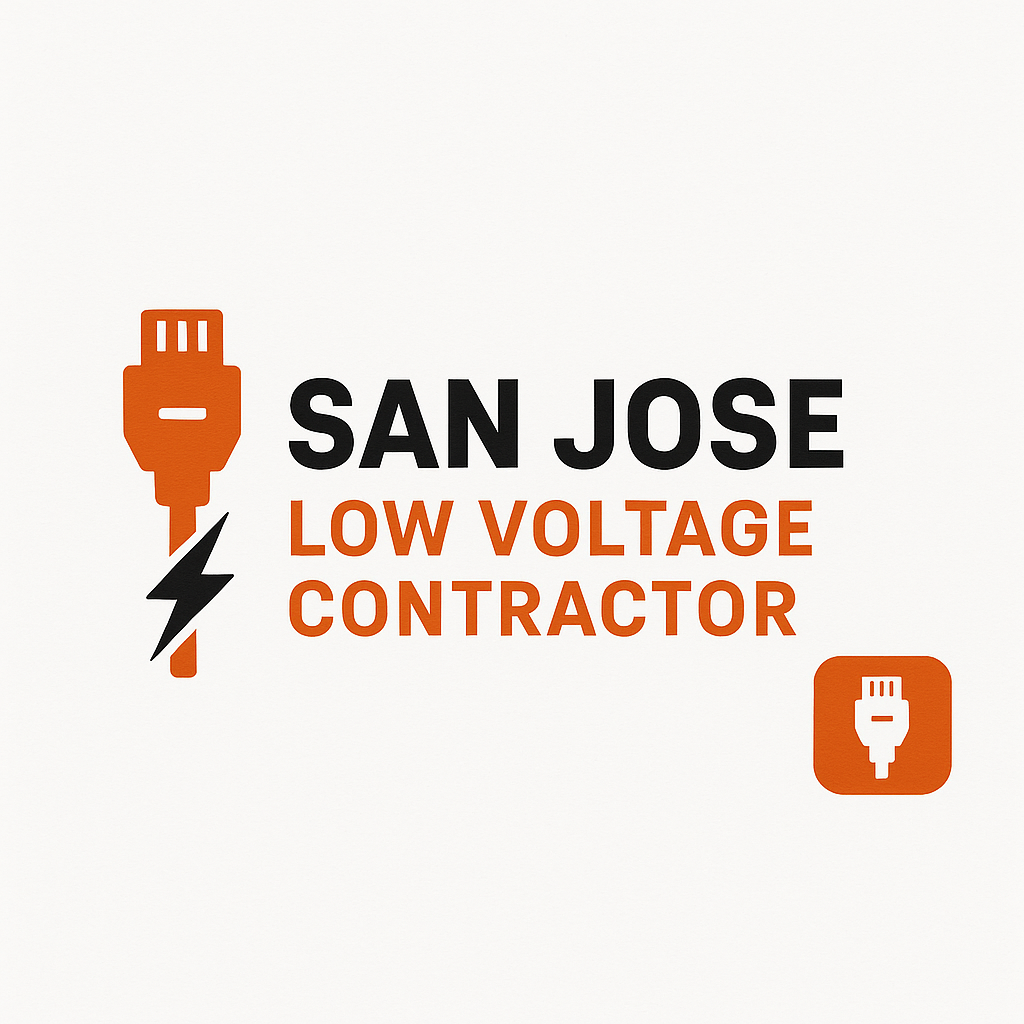School Network Cabling in San Jose: What Every School Should Know
In San Jose, educational institutions depend on reliable network infrastructure to support digital learning, cloud services, streaming lectures, and administrative systems. When a school builds or upgrades its network cabling system, it must balance performance, scalability, cost, and local constraints. This blog explores everything schools in San Jose should know about network cabling—from standards and design principles to tips for futureproofing, challenges in the local environment, and frequently asked questions.
Why Network Cabling Matters for Schools
High Bandwidth Needs
Modern classrooms use video conferencing, interactive applications, and cloud resources simultaneously. Without robust cabling, performance bottlenecks and latency issues can arise.
Scalability & Growth
Schools may expand with new classrooms, labs, or wings. A well-planned cabling system allows adding capacity without redoing major infrastructure.
Reliability & Maintenance
Cabling problems are among the most common causes of network outages. Choosing quality cables, proper routing, and documentation reduce downtime and repair costs.
Security & Separation
Proper cabling allows logical segregation of administrative, academic, guest, and security networks, supporting better control and compliance.
Cabling Standards and Best Practices
Cable Categories & Their Uses
- Cat 6A or Cat 7 are often recommended for schools, offering 10 Gbps over 100 meters.
- Cat 6 may be acceptable in lower-use areas but has less headroom for future growth.
- Use fiber optic backbone links between buildings or floors to support very high bandwidth and long distances.
Adherence to Industry Standards
Schools should follow standards like ANSI/TIA-568 series, which define termination, cable performance, and layout guidelines. Proper terminations, twist integrity, and bend radius compliance are essential.
Pathways, Conduits, and Cable Routing
- Use conduits or cable trays wherever possible.
- Maintain separation between low-voltage cabling and electrical wiring to reduce interference.
- Label and document all runs for easier troubleshooting.
Redundancy and Futureproofing
- Provide spare conduits or “empty” innerducts to allow future cable installation without tearing walls.
- Use redundant or parallel fiber paths where possible, minimizing single points of failure.
Grounding and Bonding
Ensure metallic elements in cable pathways are properly grounded. Fiber cabling needs bonding at termination points and surge protection where needed.
Local Considerations for San Jose Schools
Seismic and Building Regulations
San Jose is in a seismically active region. Cabling pathways must comply with local building codes that address seismic bracing and securing conduits. Cables and racks should be anchored to resist movement in earthquakes.
Climate and Thermal Concerns
Although San Jose generally has temperate climate, server rooms or cable closets might heat up. Use cables rated for higher temperature, avoid proximity to HVAC ducts or heat sources, and include ventilation design.
Permitting and Inspections
Schools often must submit network infrastructure plans for review. Cabling projects inside schools may need inspection by local authorities or compliance with fire and life-safety codes.
Local Supply and Labor
In San Jose, you can source higher-grade cabling and connectors, and hire technicians familiar with Northern California’s standards. Local familiarity reduces errors and speeds deployment.
Design and Planning Phases
Assessment and Needs Analysis
- Survey current and projected device counts (computers, tablets, IP cameras, smart boards).
- Map existing cabling infrastructure and identify weak spots or legacy wiring.
- Engage stakeholders (IT staff, school administrators, teachers) to understand usage patterns.
Logical Network Architecture
Decide on VLAN segmentation, core switches, distribution, and access layers. Align cabling runs with network layout.
Budget Estimation
Estimate costs for cable, labor, terminations, testing, patch panels, racks, and permits. Include a reserve for contingencies and future expansions.
Pilot Deployment and Testing
Implement cabling in one wing or floor first, test thoroughly (cable certification, connectivity, throughput), refine plans, then scale.
Installation and Quality Assurance
Certified Installers
Use technicians that are certified in structured cabling installation (e.g. BICSI or equivalent). They know the tolerances and best practices.
Cable Testing and Certification
After installation, run certification tests (e.g. for attenuation, crosstalk, insertion loss). Only accept runs that meet or exceed standards.
Documentation
For each cable run, document origin, destination, cable type, length, test results, and routing. Update network diagrams and facility maps.
Labeling and Organization
Each cable should have clear, durable labels at both ends. Patch panels and jacks should also be labeled. Use color coding if helpful (but consistent and documented).
Maintenance, Upgrades, and Lifecycle
Regular Inspections
Schedule periodic checks for loose connections, cable damage, or label legibility. Clean connections and keep cable pathways clear.
Firmware and Network Changes
When upgrading switches or endpoints, ensure the cabling can handle heightened speeds (e.g. moving from 1 Gbps to 10 Gbps).
When to Replace
If cable runs consistently fail certification or no longer support new requirements, replacing those segments is justified rather than patching.
Expansion Strategy
Use the pre-installed spare conduits or empty innerducts to add new cabling without disturbing walls or existing structures.
Common Challenges and Mitigation
| Challenge | Mitigation Strategy |
|---|---|
| Tight ceiling or wall spaces | Use flexible low-profile conduit or surface raceways |
| Old building structure | Engage structural/ architectural input early |
| Interference from power lines | Maintain proper separation or use shielded cable |
| Disruption during school hours | Plan work during breaks or after hours, phase staging |
| Budget constraints | Prioritize backbone and core areas first; phase rollout |
Conclusion
For schools in San Jose aiming to deliver high-quality, reliable digital learning and administrative services, a well-engineered network cabling infrastructure is foundational. By following standards, planning for future growth, addressing local seismic and regulatory requirements, and engaging certified professionals, schools can ensure their network supports evolving educational technology needs for years to come.
